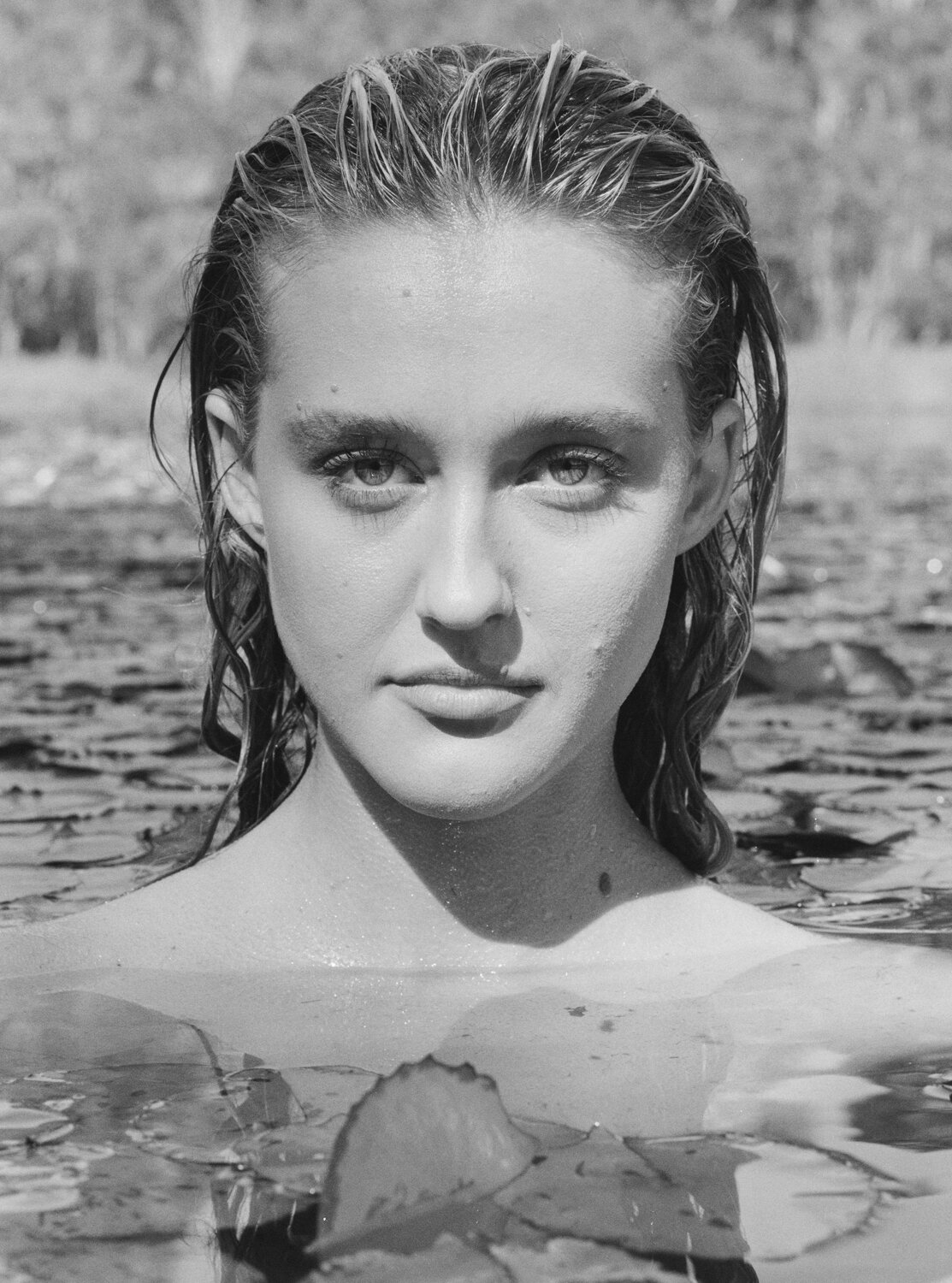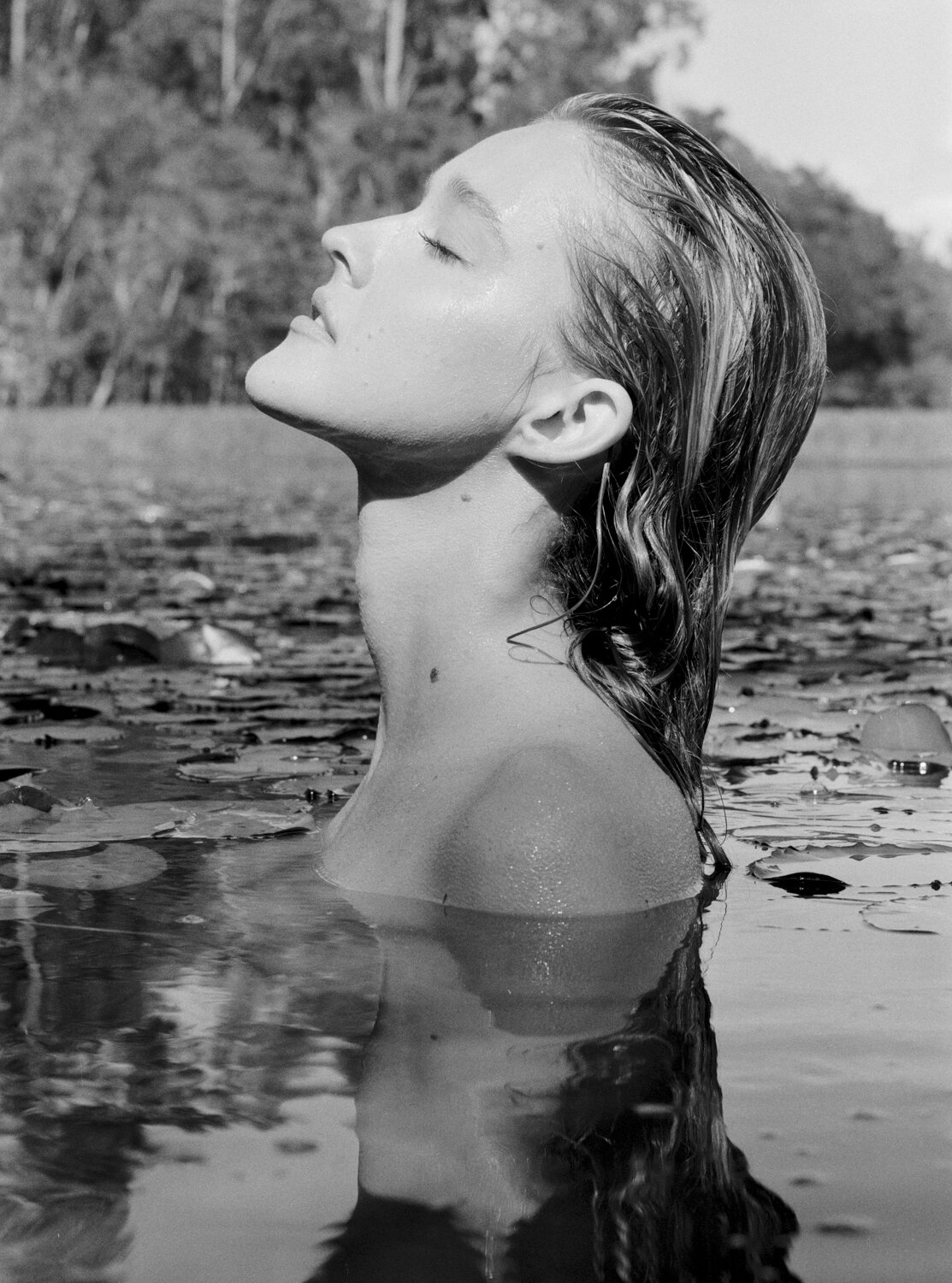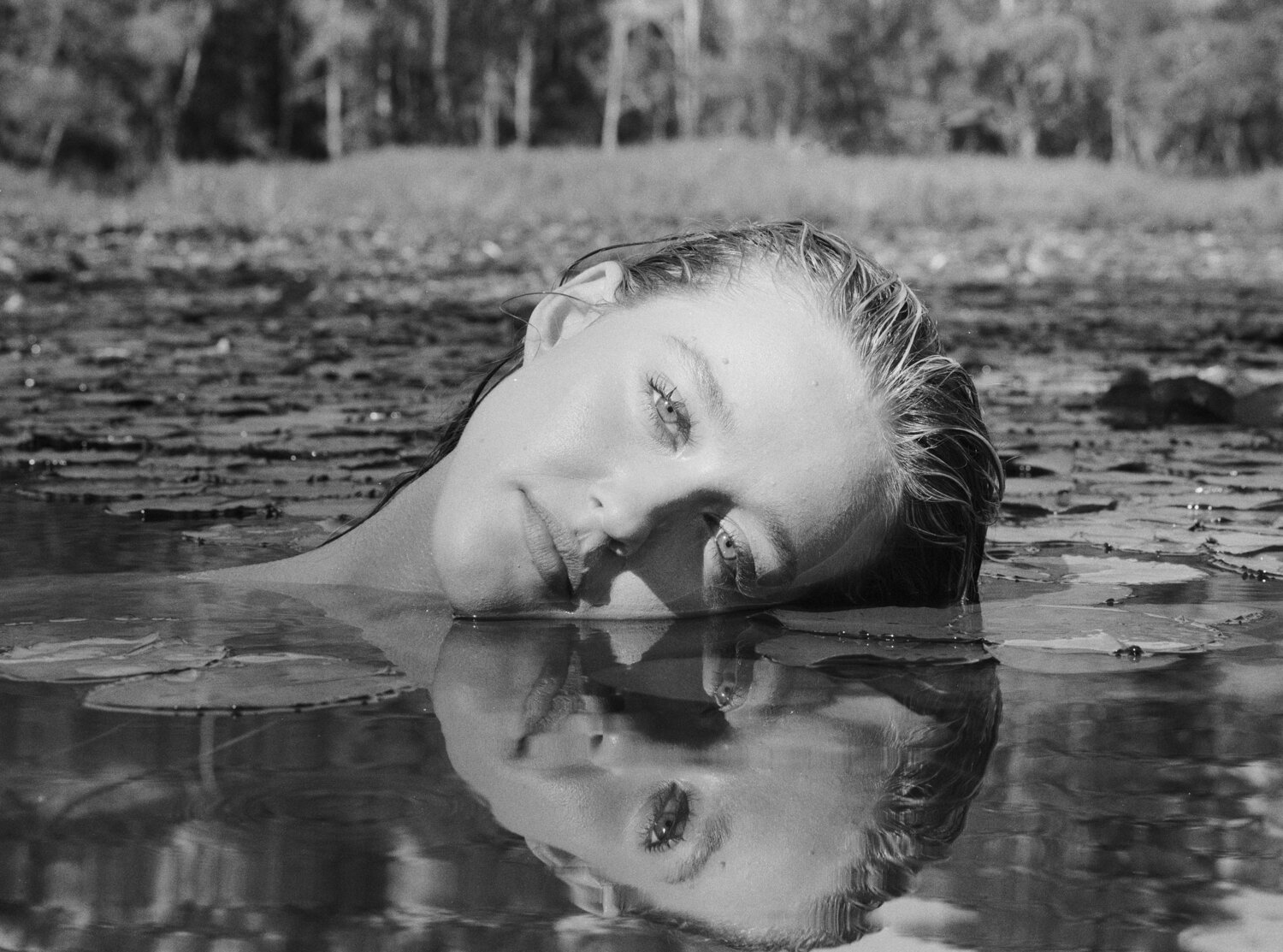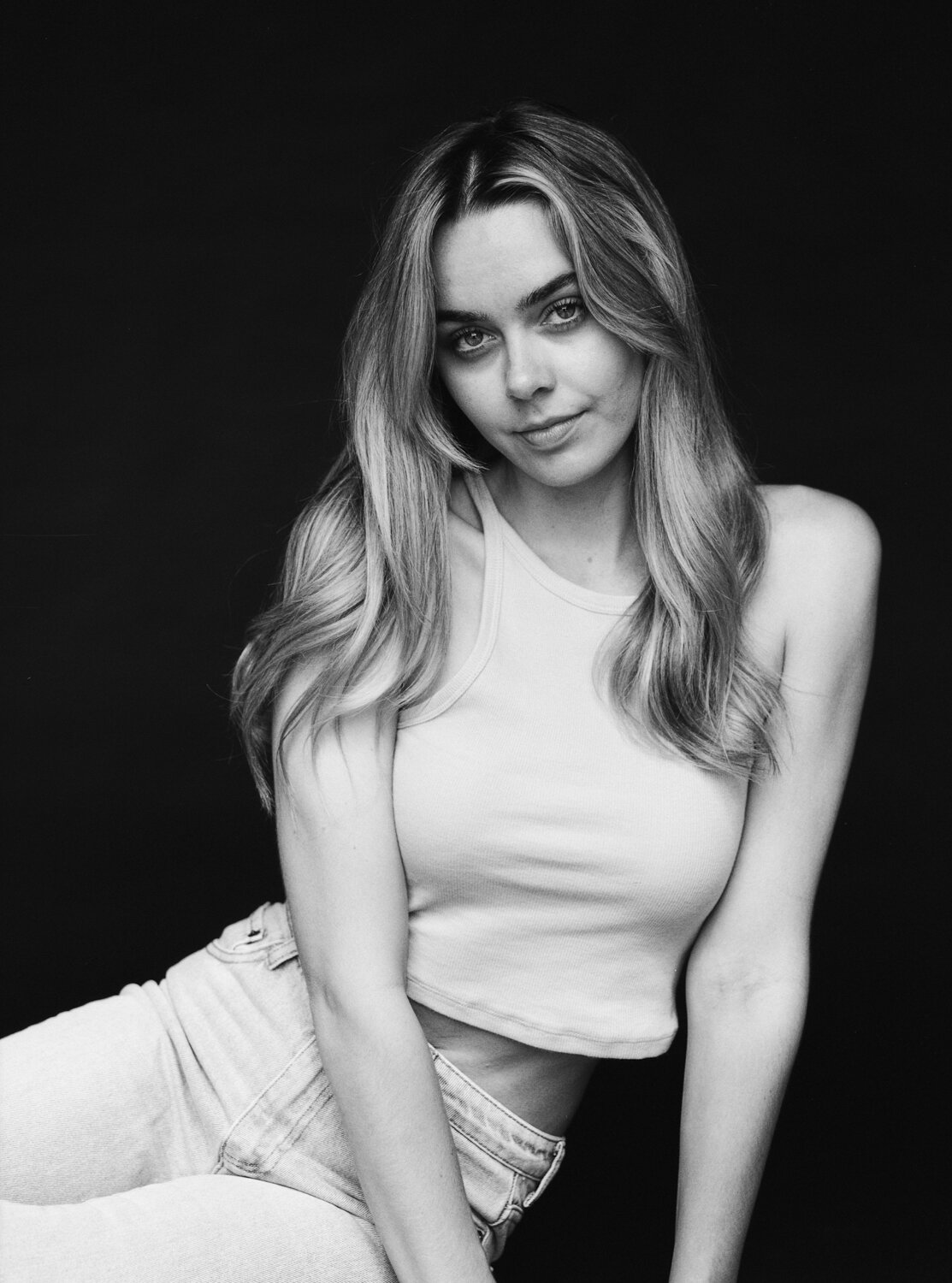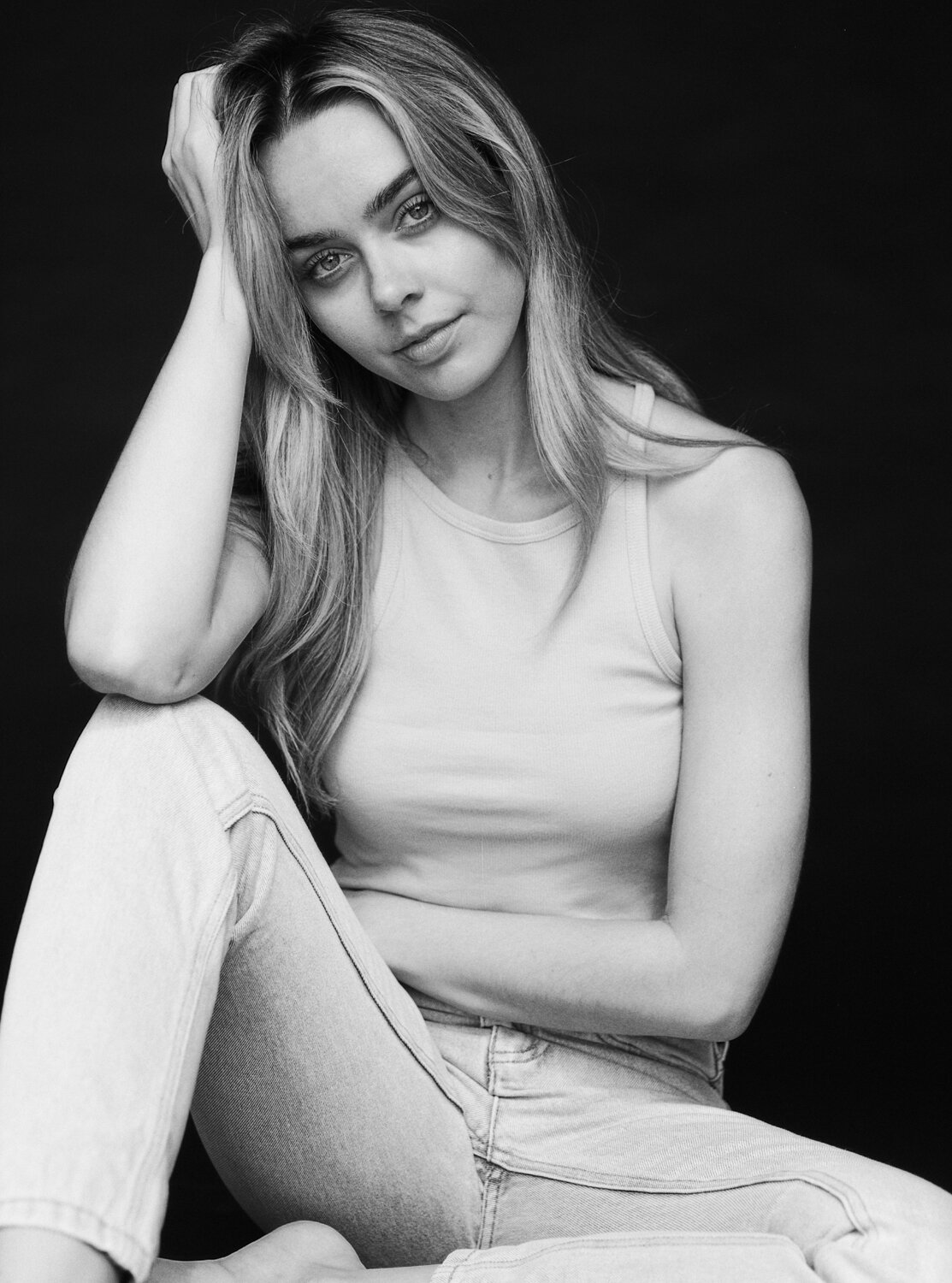ILFORD Photo Article
In September of 2021 I was featured on ILFORD Photo’s website with an article about my black and white photography process and why I use certain ILFORD film stocks for my portrait work. Here is that article below.
My name is Andre Cois, I am a photographer based in Meanjin (Brisbane) Australia. I have lived and worked there as a photographer since 2010, photographing a variety of styles which largely revolve around people and portraiture.
Black and white photography is a huge component of my process, the timeless quality that is perceived through its tones is something that has drawn me to photography since I was a young kid. Photographing in monochrome not only simplifies the image but I think helps draw the viewers eye around the images to things more important, like light and details often missed in the distraction of colour photographs. When I started out photographing, I was mostly documenting my close friends and family in our day to day, and then later wanted to branch out and meet new people and create portraits.
When I shoot with black and white film, I like to choose a stock that’s either going to have a soft & buttery feel to the tones, or the exact opposite with something that has the contrast and punch. I work mainly with 120 films shooting on either my Fuji GX680s (with a 135mm lens) or traveling with my Fuji GA645zi, both camera’s available lenses are slow speed in comparison to whats available on the Mamiya or Hasselblad kits which had me drawn to shooting Ilford 3200 stock and I haven’t looked back since. The grain is beautiful, and not overpowering on large 120 format cameras, and it also allows me the ability to stop down the lens aperture and capture incredible detail.
When I’m shooting with Delta 3200, I like to shoot one whole stop overexposure to really give the shadows a nice range, I’ve found that I can still achieve beautiful highlight information even in skies in harsh midday-daylight. On the flipside when I’m shooting SFX200 stock what I’m trying to achieve is much stronger contrast, and deeper blacks/shadows. I push process +2 stops, and leave the lenses unfiltered, which adds quite a bit of grain to the image, but gives a satisfying mood to my portrait work, particularly my subjects eyes.
Figure 1 Shot Bio:
Film Ilford Delta 3200 – Camera Fuji GX680s
In this series of images, me and my friend Nyssa ventured out to the Enoggera Reservoir just after a short series of lockdowns here in Queensland. I wanted to play with the reflections of the water and capture some natural ripples amongst the Lilypad’s. This is a good example of my favourite time of day to be shooting this particular film, it lets me capture incredible detail in the scene. I particularly love how clear the reflection of the water is and the way it captures Nyssa’s bright blue eyes.
Figure 2 Shot Bio:
Film Ilford SFX 200 Push +2 Stops – Camera Fuji GX680s
Most of my time is spent shooting subjects in my home studio, it’s a very simple setup which essentially harnesses natural sunlight that I then diffuse through a large poly-silk. I’ve found this pairing particularly favourable to when I shoot any push processed film, The contrast adds a lovely drama to the images. For this set of images, I wanted to create a dramatic set of natural black and white portraits with my model Karri. The blacks and shadows wrap her face & figure creating a lovely dark edge, and the highlights are light and bright enough to capture a natural contour effect.
Special mention to Ikigai Camera in Naarm (Melbourne) who handle all of my film development, They’ve been the best Film lab that I have worked with in Australia. Without them involved in my photographic process I wouldn’t be producing the film work that I am now, and I have to thank them for letting me experiment with different films and development styles.


